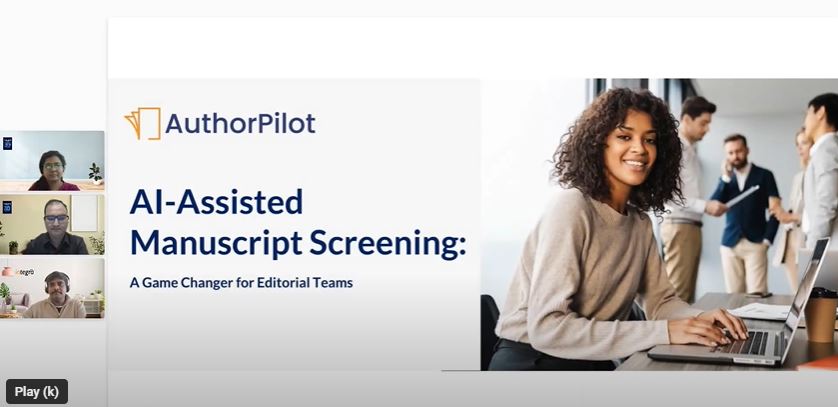October 26, 2023 | 3:54 pm EST
Using Micro-Learning Effectively in Learning Content Strategy

Watch Now
View More Webinar
AI-Assisted Manuscript Screening: A Game Changer for Editorial Teams
April 8, 2025 | 3:03 pm EST
Watch Now
AI-Enabled: Shaping the Next Era of Journal Publishing – Part I
April 2, 2024 | 5:40 am EST
Watch Now
AI-Enabled: Empowering Publishers with New Age Capabilities
January 30, 2024 | 7:48 am EST
Watch Now
Meeting Demands of Modern Education: Technology, AI and Student Success
November 16, 2023 | 1:54 pm EST
Watch Now






